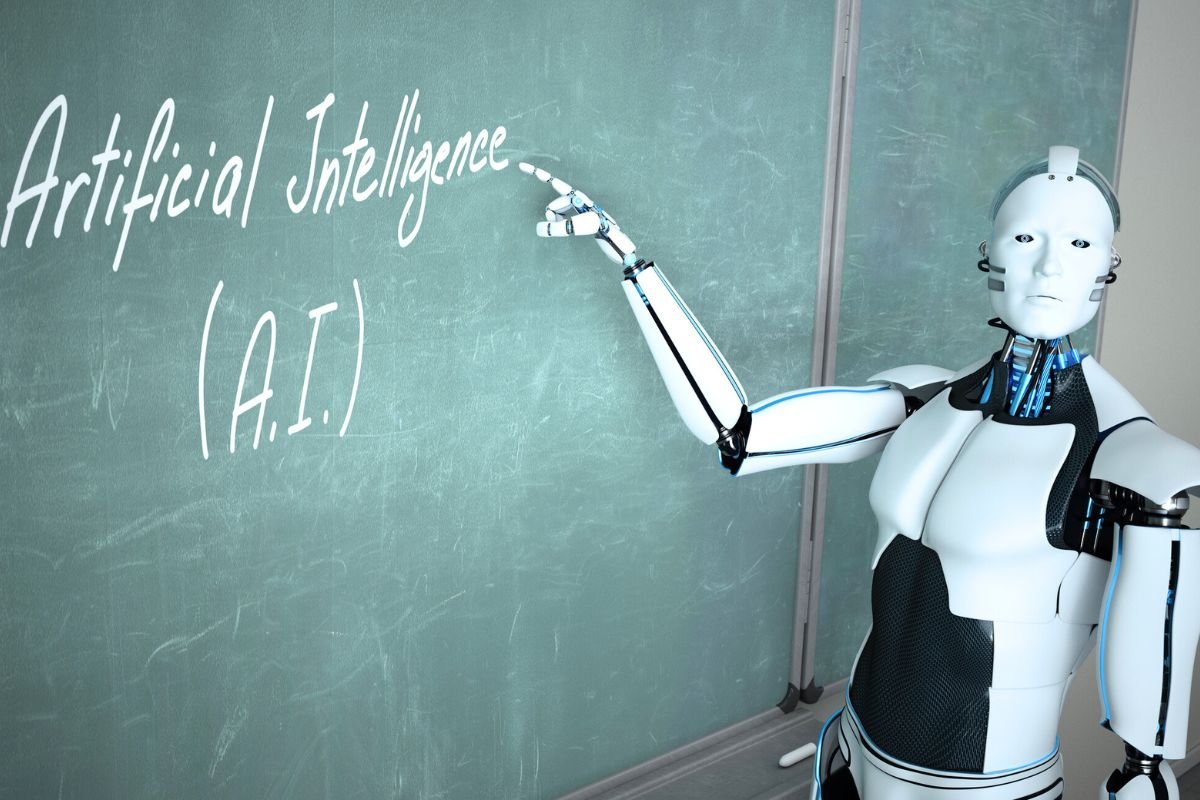Ever been jolted awake by a midnight meow and wondered if Fluffy had urgent news? You’re not alone—and now, thanks to artificial intelligence, those feline utterances might finally make sense.
Decrypting the Mystery
Cats are masters of nonverbal communication: they blink, they purr, they tap your leg when you least expect it. But their meows? Those are reserved for us humans. A study in Animal Cognition discovered that domestic cats adjust their vocalisations—altering pitch and rhythm—depending on whether they’re seeking food, comfort or simply attention. This suggests a level of intentionality in their sounds we’ve only just begun to appreciate.
How the AI Deciphers Meows
Meet Feline Glossary Classification 2.3, an AI system that boasts 95% accuracy in interpreting cat calls. By analysing the spectral profile of each meow—its pitch, duration and modulation—it sorts them into 40 behavioural categories, from hunger and pain to playfulness or anxiety. Results are delivered in real time to a smartphone app, offering insights like “Your cat is expressing discomfort” or “Your feline friend wants a cuddle.” Unlike earlier tools that offered canned phrases (“Feed me,” “I love you”), this platform provides a contextual readout, powered by machine learning algorithms trained on thousands of hours of recordings.
I gave it a whirl with my own rescue cat, Luna, and it correctly flagged her early-morning yowls as stress-related, which lined up perfectly with her recent vet visit over an upset stomach.
A Revolution in Animal Communication?
While the technology feels revolutionary, experts urge a balanced view. Each cat develops its own “accent” and vocal habits, and a single meow can carry multiple meanings depending on environment or mood. Dr. Elena Ramirez of the International Society of Feline Medicine warns, “No algorithm replaces the nuanced observations of a trained veterinary expert.” Independent studies involving vets and animal behaviourists will be crucial to validate the AI’s claims.
Nevertheless, the field is heating up. Tech giants like Baidu are exploring fusion of vocal and physiological data—like heart rate and posture—to flag discomfort before it’s visible. In Japan, researchers are mapping feline emotions via facial recognition, aiming to decode purrs alongside meows. It’s a cutting-edge era for pet care, where data science meets our whiskered companions, promising to deepen the bond between cat and human.



